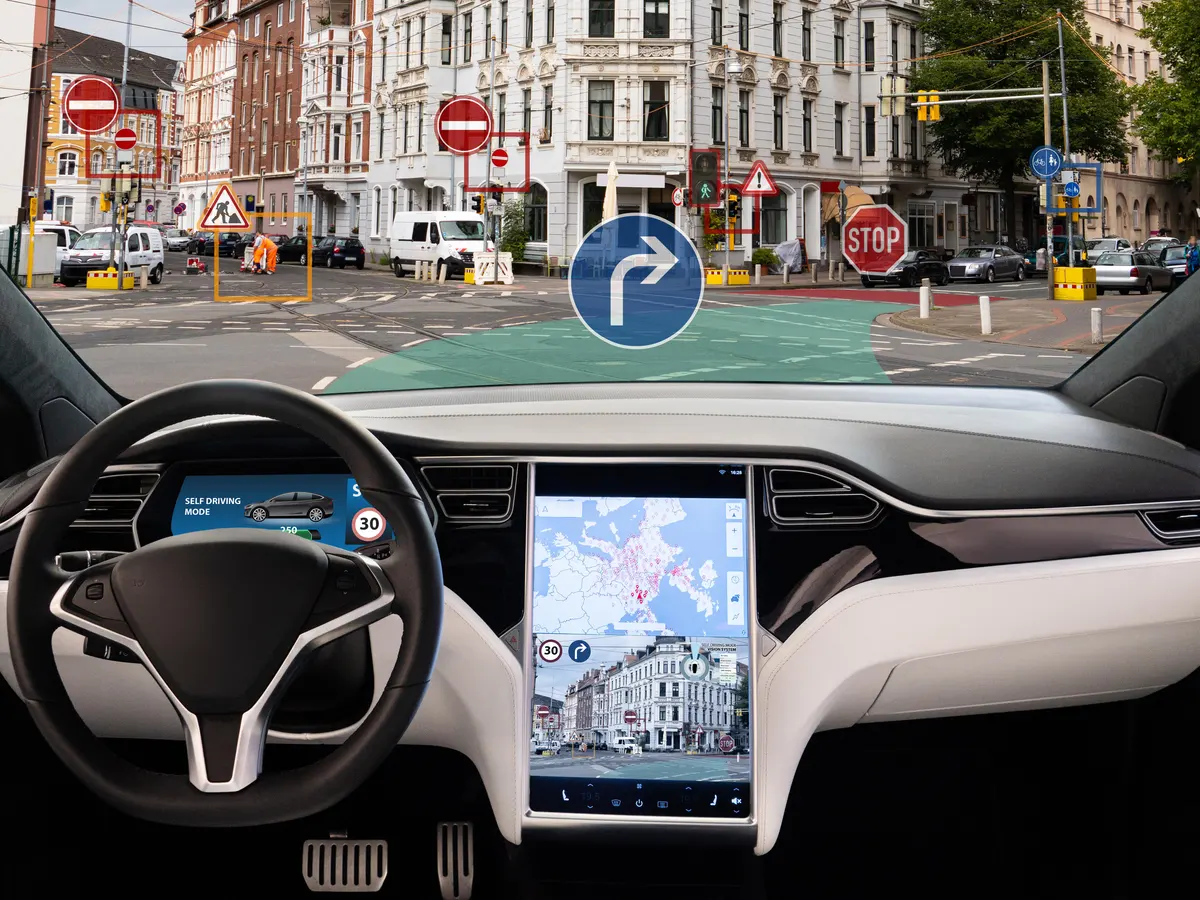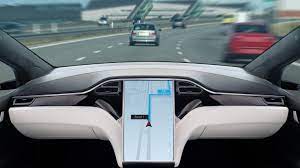
Are Self-Driving Cars Finally Here?

The concept of self-driving cars has intrigued the world for years. The idea of vehicles that can navigate the roads without human intervention seems like something out of a science fiction movie. But are self-driving cars actually a reality? Let’s explore the current state of self-driving cars and their potential impact on transportation.
The Early Stages of Development
Yes, self-driving cars do exist today. However, they are still in the early stages of development and not yet available to the general public. Companies such as Waymo, Uber, and Cruise are leading the way by utilizing self-driving cars in their test fleets. These vehicles are being tested in controlled environments like highways and parking lots to ensure their safety.
Understanding Self-Driving Cars
A self-driving car is an automobile capable of driving itself without any human input. By utilizing an array of sensors such as cameras, radar, and lidar, these vehicles perceive their surroundings and make informed decisions about driving. Although self-driving cars are still under development, they have the potential to revolutionize the way we travel.
Types of Self-Driving Cars
There are two primary types of self-driving cars:
- Level 2: These cars possess the ability to drive themselves on specific roads but still require human input for certain tasks like changing lanes or parking.
- Level 3: These cars have advanced capabilities and can navigate most situations on their own. However, they still need human intervention in unexpected scenarios.
The Popular Choice: Waymo One
Among the various self-driving cars available, Waymo One stands out as the most popular. Waymo One is a fleet of autonomous vehicles offering ride-hailing services in Phoenix, Arizona. These Level 4 autonomous cars can drive themselves in the majority of situations without any human assistance.
The Promising Future of Self-Driving Cars
Self-driving cars hold tremendous potential to transform transportation as we know it. Their impact could range from enhancing road safety and reducing traffic congestion to improving air quality. However, several challenges must be overcome before self-driving cars become mainstream. These challenges include ensuring safety, developing appropriate regulations, and addressing the high costs associated with their development and production.
Safety First
Before self-driving cars can be widely adopted, they must prove themselves as safe alternatives to human-driven vehicles. Extensive testing and validation are necessary to instil confidence in their capabilities and reliability.
Regulation and Policy Framework
Governments around the world need to establish comprehensive regulations and policies to govern the use of self-driving cars. This ensures consistency and safety standards across the industry, fostering public trust in these autonomous vehicles.
The Cost Factor
Presently, self-driving cars remain expensive to develop and produce. However, as technology advances and economies of scale come into play, the cost is expected to decrease. Making self-driving cars more affordable will contribute to their widespread adoption.
Embracing the Future
Despite the challenges ahead, the future of self-driving cars looks promising. Continued technological advancements will make these vehicles more accessible and affordable. Once that happens, self-driving cars will undoubtedly revolutionize the way we live and travel, making a significant difference in our daily lives.
Conclusion
While self-driving cars are not yet available for the average consumer, they are indeed a reality in the testing phase. Companies like Waymo, Uber, and Cruise are actively working on perfecting these vehicles and ensuring their safety. The future of self-driving cars holds immense potential, from enhancing road safety to transforming our transportation systems. With further development, regulation, and cost reduction, self-driving cars are poised to become an integral part of our lives, revolutionizing the way we commute and explore the world around us.














